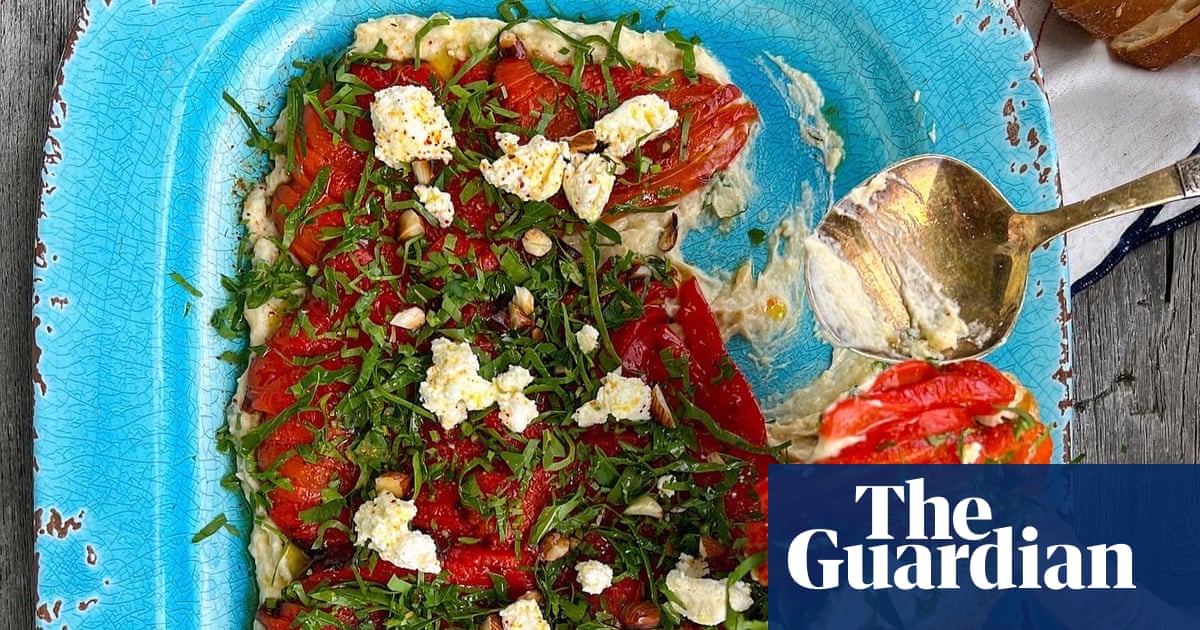
"An unexpected stop on a trip to Iran in the 1970s gifted Thomas a chance meeting with a Persian doctor and his breakfast: fresh labneh with soft, still-warm lavash. It was a revelation. On his return, Thomas got to work creating a fresh cheese from goat's milk (similar to chevre) and from cow's milk, marinated and preserved in oil, with an extra t to avert confusion with the Greek-style feta, that's still being utilised by cooks and chefs right across the world."
"When cafe culture ground to a halt during the rolling Covid lockdowns, Persian fetta producers were left with bucketloads (literally) that would normally have been used by the city's cafes, so instead they offered them to independent grocers and supermarkets. Stuck at home with my bucket of cheese, I'd plonk some into anything savoury I was testing and I mean anything."
Richard Thomas developed Persian fetta after encountering labneh and lavash in Iran in the 1970s and recreated marinated fresh cheeses from goat and cow milk. The extra consonant differentiates it from Greek-style feta. Persian fetta performs as both a crumbly topping and a silky, spreadable cream, enriching dishes from pasta and pesto to whipped dips and avocado toast. During Covid lockdowns producers redirected surplus cheese to grocers and supermarkets, prompting home cooks to experiment widely. A recipe adapts Persian fetta into a creamy Balkan white bean dip (papula), increasing flavor and creating a substantial, plant-forward component for roast vegetable medleys.
Read at www.theguardian.com
Unable to calculate read time
Collection
[
|
...
]